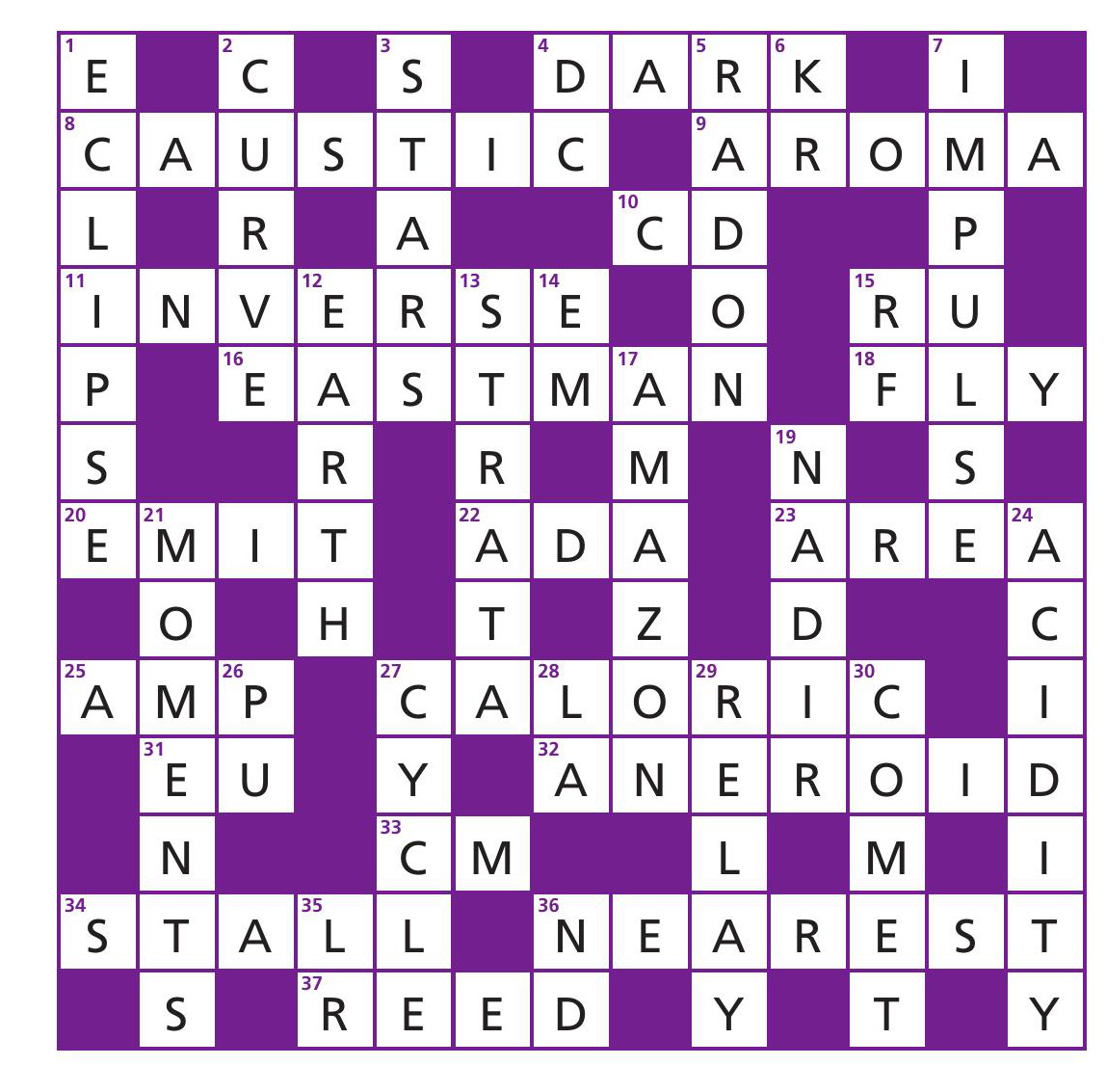
When rays of light are reflected from, or refracted at, plane surfaces then the well-known laws of reflection and refraction allow us to calculate easily where the rays end up. However, if the surface is not plane, and even though the laws of reflection and refraction still apply, what we end up with is some sort of curve of light. These curves are called caustics. Their name refers to their intensity (some called it ‘burning intensity’), which builds up towards the edge of the caustic, reaches a maximum and then suddenly drops off.
It was this singularity — similar to shock waves and other discontinuous phenomena — which early proponents of catastrophe theory found so fascinating. Two people particularly associated with the theory were René Thom (1923–2002) and Christopher Zeeman (1925–2016). Thom experimented extensively with caustics, and his particular insight was that rays of light follow two laws that he saw as the basis of a general catastrophe theory (see References and further reading). The first was that light follows the path between two points that takes the shortest time, and the second was that the caustic was a set of positions of maxima produced by superposition of light waves. (Catastrophe theory has also been used in psychology and animal behaviour to model and get to grips with sudden changes in actions, for example in fight-or-flight responses.)
Your organisation does not have access to this article.
Sign up today to give your students the edge they need to achieve their best grades with subject expertise
Subscribe




